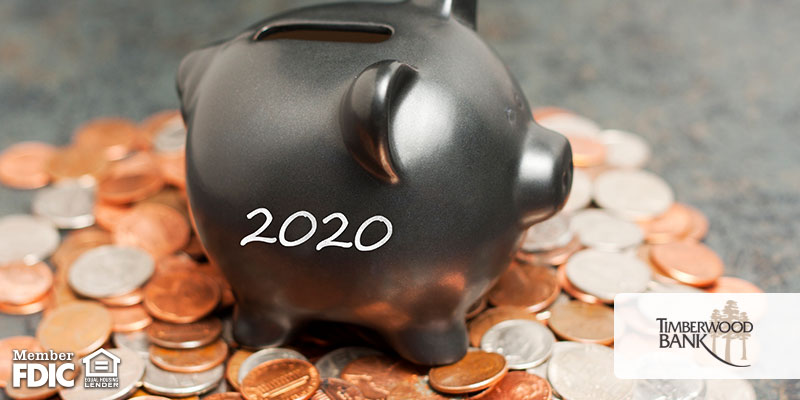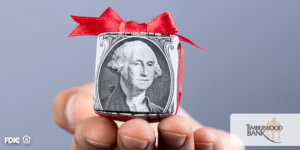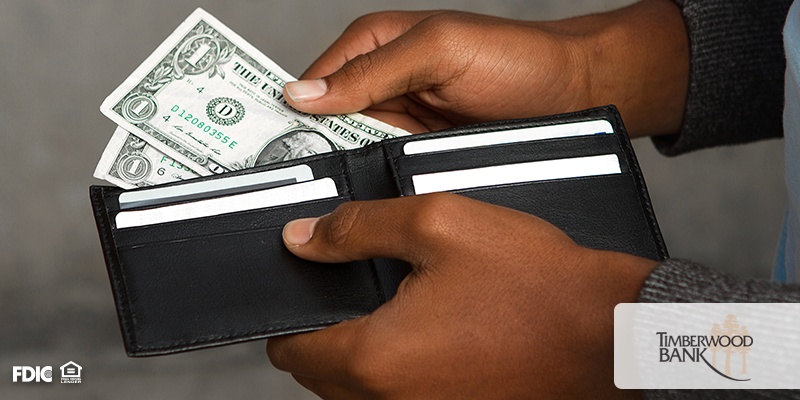
The new year is full of hope and imagination for the future. It can be challenging for anyone to stick with these goals, especially financial ones. We’re happy to tell you that there is a way to make these goals a reality by sticking to these wise practices.
Be Realistic
In order to make your goals a reality, you should set realistic goals. While a beach house on Maui would definitely be an attractive prospect to most people, it’s not in the cards for everyone. Maybe something like this will be there for you someday, but first you want to master the baby steps. Think about goals within the next 1-5 years that you can see happening and are motivating.
Prioritize Goals
Not all of your goals are likely to be reached in 2020. Prioritize the goals in the order that you think they can be accomplished first and that are also the most important to you.
Identify Roadblocks
Plan ahead for the things you think might go wrong or steer you off course. Is one of your savings goals to cut down on splurging but you find yourself repeatedly swinging through drive thrus and shopping online just because you have a free shipping subscription? Decide on alternatives to keep you from continuing with these habits. If there are events or emotional triggers that compel you to spend money, figure out another way to get relief. Go for a run, read a book or invite a friend over for a movie night.
Organize Accounts
Get familiar with the banking accounts available to you. Learn about how to use them to fit your lifestyle. Maybe you want each paycheck to have a percentage go straight to checking. Get this set up! Have you downloaded our mobile app yet? If not, consider doing so. It’s a great way to easily keep an eye on your everyday spending as well as check in on your growing savings account.
Celebrate Progress
Goals aren’t achieved overnight. You’ll be working hard to achieve your goals and you might experience some burnout. To keep this from happening, celebrate the strides you are making towards reaching your goals by having a visual that can remind you of your “why” and modestly celebrate each achievement in a way that’s fun for your household. If you have kids, get them in on the fun and teach them why following through on commitments is important and why celebrating mile markers is also important!
For more ways to follow through on your savings goals, reach out to us today!










